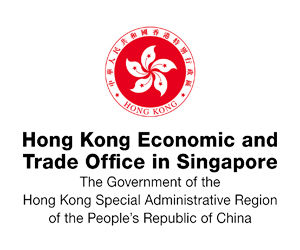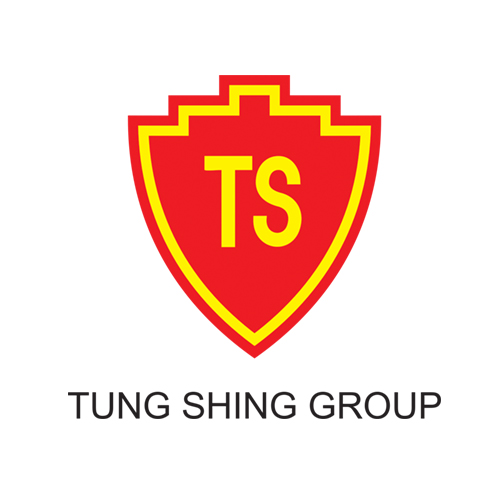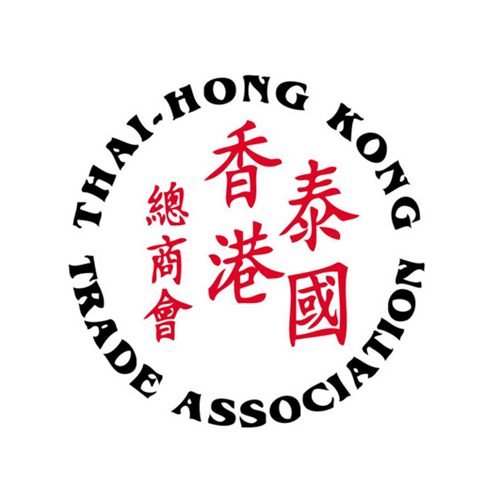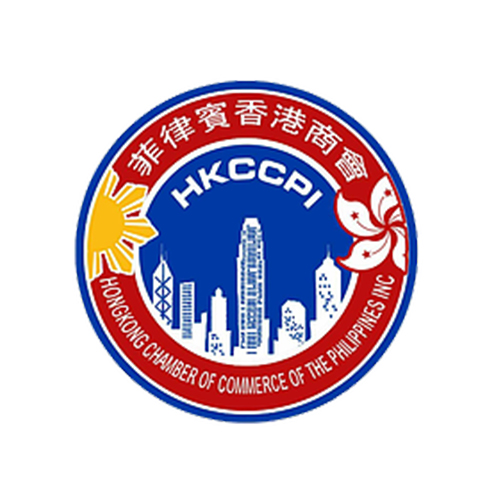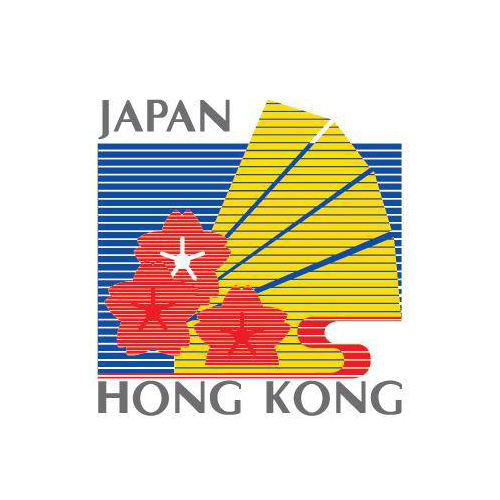Want to be in the loop?
subscribe to
our notification
Business News
VIỆT NAM’S AUTO MARKET GAINS MOMENTUM IN EARLY 2025
The country's auto sales saw a robust 21 per cent increase year-on-year, a clear indication of market recovery.
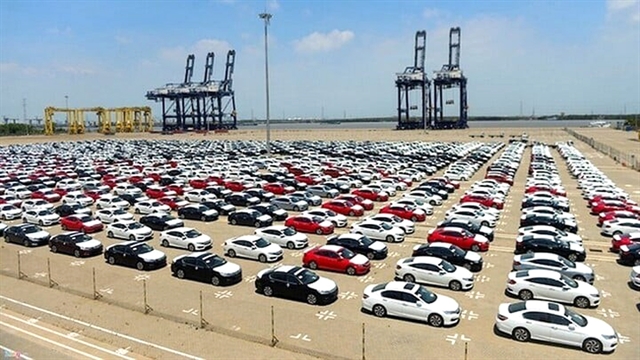
Việt Nam Automobile Manufacturers’ Association members saw total vehicle sales of 29,585 units in April. — Photo vtc.vn
HÀ NỘI — The Vietnamese auto market is showing signs of a solid rebound in the early months of 2025, with both sales volume and consumer sentiment on the rise after a sluggish period in the previous year.
Việt Nam Automobile Manufacturers’ Association (VAMA) members saw total vehicle sales of 29,585 units in April, the association said. While this marked a slight 7 per cent drop compared to March, it represented a robust 21 per cent increase year-on-year, a clear indication of market recovery.
Sales performance in April highlighted the continued dominance of passenger vehicles, with 20,766 units sold, though this segment also experienced a 7 per cent decline from the previous month. Commercial vehicle sales mirrored this trend with 8,619 units, while special-purpose vehicles bucked the pattern, increasing 11 per cent month-on-month to 200 units.
A breakdown of vehicle origin showed that domestic assembly accounted for 13,890 vehicles sold, down 7 per cent, while completely built-up (CBU) imported vehicles totalled 15,695 units, also down 7 per cent. Despite these monthly dips, the broader picture for the first four months of 2025 paints a more optimistic scenario.
From January to April, total market sales climbed to 101,834 vehicles, a 23 per cent surge compared to the same period in 2024. Passenger car sales rose by 22 per cent, commercial vehicles increased by 27 per cent and special-purpose vehicles saw a remarkable 49 per cent jump. Notably, imported vehicles saw the sharpest rise at 35 per cent, indicating growing consumer preference for international models, while locally assembled units grew 13 per cent.
Toyota led the sales charts in April with 5,566 units sold, maintaining its market-leading position. Other strong performers included Ford (3,997 units), Mitsubishi (2,038), THACO Mazda (2,736) and THACO Kia (2,055). In terms of individual models, the Mitsubishi Xpander proved to be the best-selling vehicle across the market, with 4,013 units sold (combined CBU and CKD). The Ford Ranger also performed well with 4,164 units, followed by the Toyota Vios (3,058), Ford Everest (1,090) and Toyota Yaris Cross (1,030).
SUVs continued to be the preferred choice among Vietnamese consumers, leading all vehicle categories with 5,867 units sold in April. MPVs followed with 3,798 units and sedans came in at 3,292 units. In the commercial sector, pickup trucks and small vans remained the most in-demand.
One standout trend is the growing popularity of hybrid vehicles. In April alone, 973 hybrid vehicles were sold, pushing the cumulative total for the year to 3,535 units - a remarkable 82 per cent increase compared to the same period in 2024. This growth aligns with the global shift toward greener transportation solutions and is further supported by favourable Government tax and fee policies.
Despite these promising figures, the market data does come with notable exclusions. Major players like VinFast and Hyundai have yet to release their sales results for April 2025, making it difficult to form a complete picture of overall market dynamics. The absence of official data from other brands such as Mercedes-Benz, Audi, Subaru and Volvo also adds to the uncertainty around the full scope of Việt Nam’s auto landscape.
Nonetheless, industry analysts remain optimistic. With Việt Nam’s economy on the path to recovery, consumer spending is expected to increase. Coupled with aggressive marketing campaigns, new model launches and improved after-sales service from automakers, the outlook for the rest of the year is encouraging. The market is expected to pick up even further in the second and third quarters of 2025, driven by both demand-side recovery and supply-side stimulus.
The electric and hybrid segments are particularly poised for growth, not only because of environmental awareness but also due to Government incentives designed to shift the market toward sustainable transport. Automakers are increasingly aligning their product strategies with these trends, signalling a new era for Việt Nam’s auto industry.
As more complete data becomes available, particularly from key players yet to report, a clearer picture will emerge. But for now, the signs are positive - Việt Nam’s auto market is shifting gears toward a brighter, more dynamic 2025. — VNS
Source: VNS
Related News

VIETNAM’S SEAFOOD EXPORTS HIT OVER US$10 BILLION IN JAN-NOV
Seafood export revenue in November alone amounted to nearly US$990 million, up 6.6% year-on-year. Key product groups posted solid gains. Shrimp exports rose 11.7% to over US$385 million, supported by strong demand for whiteleg shrimp and lobster. Tra fish shipments increased 9.7% to almost US$197 million, while marine fish, squid, and mollusk exports maintained their recovery.

VIETNAM’S AGRO-FORESTRY-FISHERY EXPORTS HIT NEW RECORD IN JAN-NOV
Vietnam’s agro-forestry-fishery export revenue reached an estimated US$64.01 billion in the first 11 months of 2025, up 12.6% year-on-year and surpassing the full-year record of US$62.4 billion set in 2024. Agricultural exports reached US$34.24 billion, up 15% year-on-year, while livestock products brought in US$567.4 million, a 16.8% increase. Seafood exports rose 13.2% to US$10.38 billion, and forestry products earned US$16.61 billion, up 5.9%.

HANOI REPORTS RECORD-HIGH BUDGET REVENUE IN 2025
Hanoi’s budget revenue is estimated to reach VND641.7 trillion in 2025, the highest level ever recorded and nearly 25% above the revised target, according to a report by the municipal government. Data from the city’s socioeconomic performance review shows that total state budget collections in 2025 are projected to reach 124.9% of the adjusted plan and rise 24.9% from 2024, the Vietnam News Agency reported.
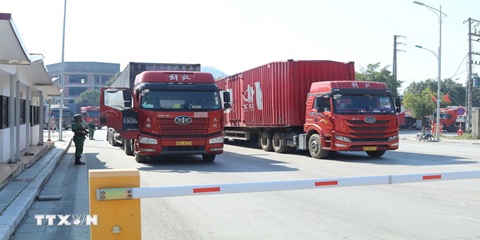
VIETNAM, CHINA TO PILOT TWO-WAY CARGO TRANSPORT AT LANG SON BORDER
Vietnam and China will launch a one-year pilot program on December 10 to allow two-way cargo transport through the Huu Nghi–Youyi Guan international border gates in Lang Son Province, reported the Vietnam News Agency. The Dong Dang-Lang Son Economic Zone Management Board said the trial aims to reduce transport costs and improve customs clearance capacity.
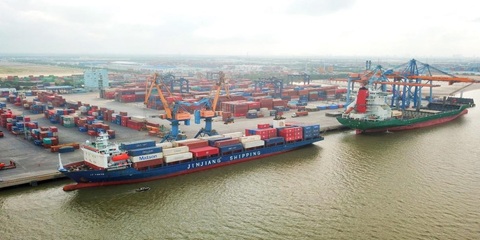
VIETNAM’S IMPORT-EXPORT VALUE NEARS US$840 BILLION IN JAN-NOV
The total value of Vietnam’s imports and exports was nearly US$840 billion between January and November this year, the highest level ever recorded, according to the National Statistics Office. In its latest report on the country’s socio-economic performance, the National Statistics Office highlighted a series of positive economic indicators, with trade emerging as one of the strongest drivers of growth.

OVER 19 MILLION INTERNATIONAL VISITORS COME TO VIETNAM IN JAN-NOV
Vietnam received more than 19.1 million international visitors in the first 11 months of 2025, a 20.9% increase year-on-year and the highest level ever recorded, according to the National Statistics Office. The figure surpasses the full-year record of 18 million arrivals set in 2019, before the Covid-19 pandemic. Nearly two million foreign visitors arrived in November alone, up 14.2% from October and 15.6% from the same period last year.
